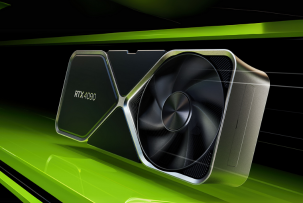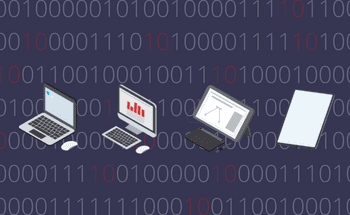How AI Will Transform Data Centers in 2025
17:01, 15.01.2025
Tech giants continue to build data centers to meet the growing demand for data processing. Artificial intelligence (AI) is playing a key role in changing the way these facilities are designed, built, and operated. In 2025, the impact of AI will become even more pronounced, and here's how.
Replacing Staff with Artificial Intelligence
There is a shortage of qualified IT professionals in the tech sector. That's why data centers are increasingly using AI to monitor, manage, and maintain the correct operation of equipment.
The human factor cannot be completely eliminated, but it will be much easier for on-site teams to cope with technical difficulties with the help of AI, which can provide answers and recommendations.
Optimizing Energy Consumption
Energy consumption remains a serious problem for data centers, and AI has the potential to improve the energy situation.
Data centers consume a lot of electricity. For example, in 2022, data centers consumed 2% of all generated electricity in the world.
Due to the shortage of energy supply in many regions, companies build new data centers near available sources of electricity generation.
AI can optimize energy consumption by predicting how many resources are needed to keep the data center running for a certain period. It will also be able to integrate renewable energy sources and offer the best cooling solutions. According to experts, dynamic AI models, in particular, will be able to achieve minimal energy losses by the end of 2025.
Use of High-Density Fiber Optic Systems
More and more data centers will switch to high-density fiber optic systems to better interconnect GPUs used by AI.
By placing more computing resources on a smaller perimeter, data centers will be able to reduce power consumption and improve cooling.
Multi-Tenant Data Centers
Many data centers that support AI infrastructure will transition to a multi-tenant model.
Multi-tenant data centers (MTDCs), also known as colocation centers, are large data centers that are shared by multiple organizations. They are becoming the new, cutting-edge model of data center management, while traditional data centers are becoming less and less relevant and efficient in meeting the needs of companies.


